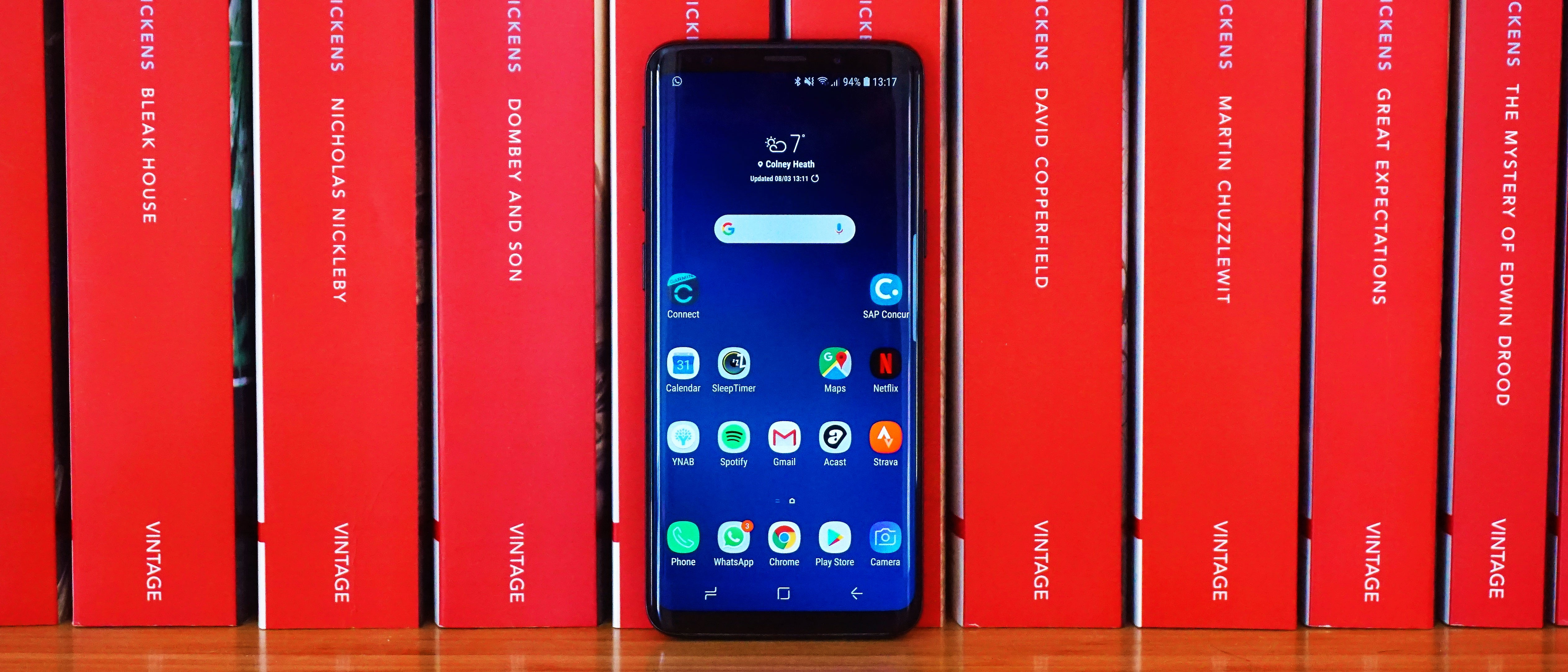Why you can trust TechRadar
- Low light performance is incredible
- Some photos seem oddly washed out
- Overall quality is still amazing
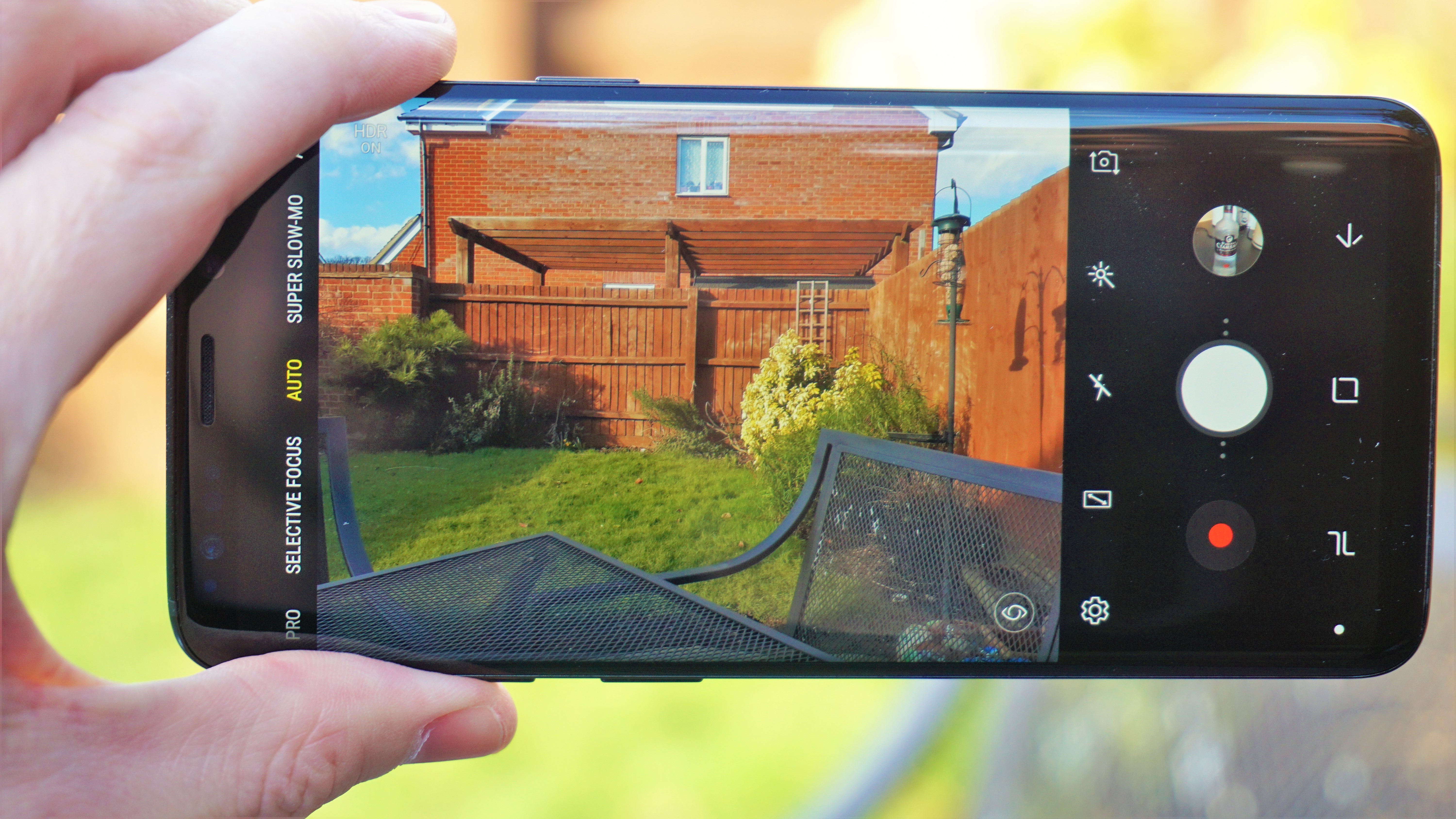
According to the marketing materials, the single-sensor 12MP camera on the Samsung Galaxy S9 is the big change that’s going to inspire you to buy this phone.
‘The Camera. Reimagined.’ would be a bold statement from any photography brand, let alone a smartphone maker, and in reality Samsung has been over-dramatic here.
The key upgrade is the fact that the sensor can now switch between an aperture of f/1.5 (for great low-light shots) and f/2.4 (for better brighter scenes), while improving the intelligence of the sensor so that it can analyse and improve your images more effectively.
On top of this, Samsung has refined the photography modes on offer, allowing you to take myriad different styles of shot – and nearly all of them are useful and worth playing with.
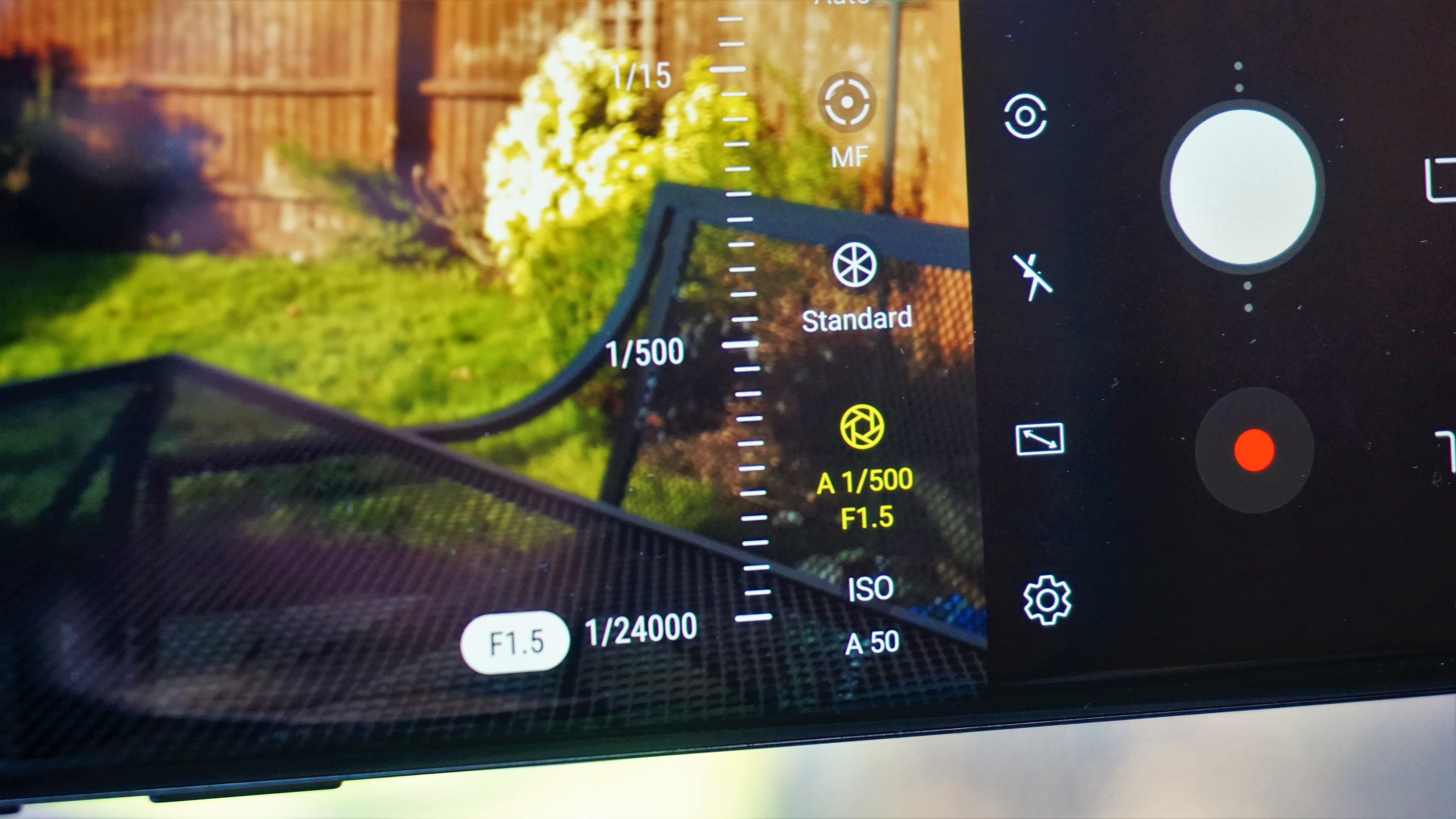
Let’s focus on the auto mode though, as that’s going to be the one that most Galaxy S9 users snap through. It’s excellent as ever, but possibly not that big of an upgrade over the Samsung Galaxy S8.
In bright light, the pictures from the Galaxy S9 are without equal in terms of clarity; there’s a sharpness, brightness and overall quality that still stuns when you learn it’s come from a smartphone camera.

Clear day shots have incredible detail.

That detail is preserved in darker conditions.
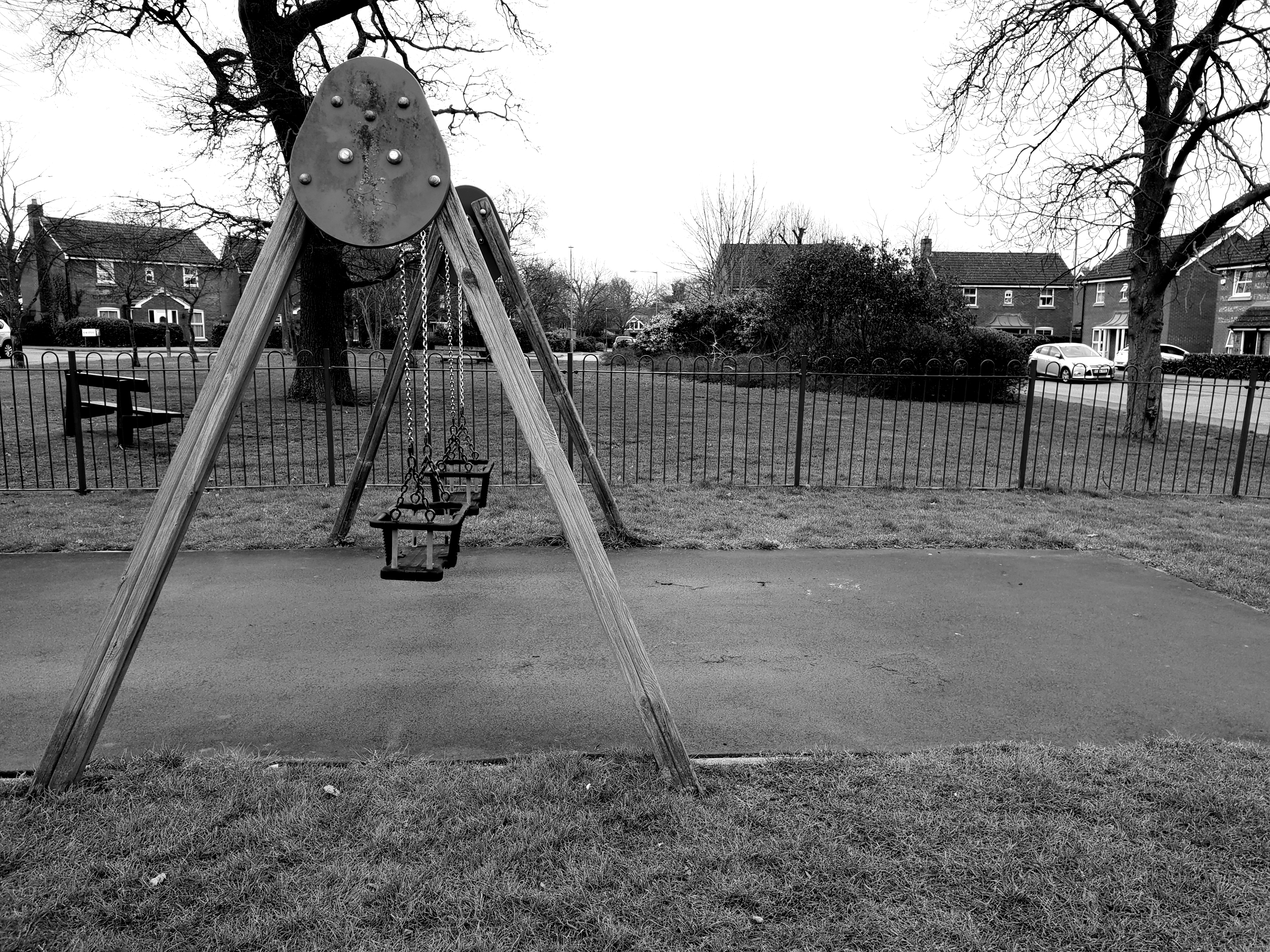
Adding a black and white filter doesn't feel cheap, and adds a bleakness to photos. #sadswing
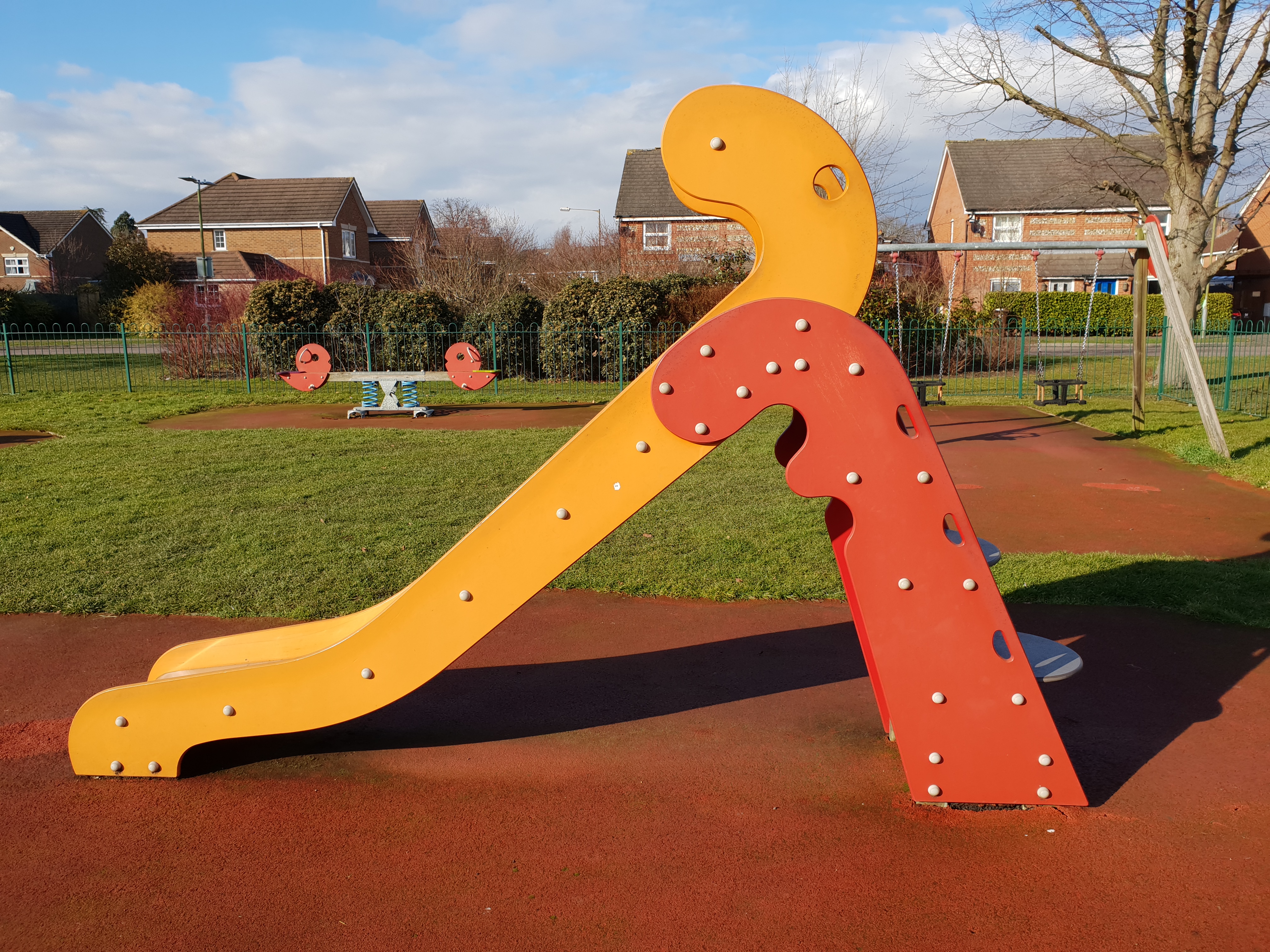
This is a photo taken in bright daylight
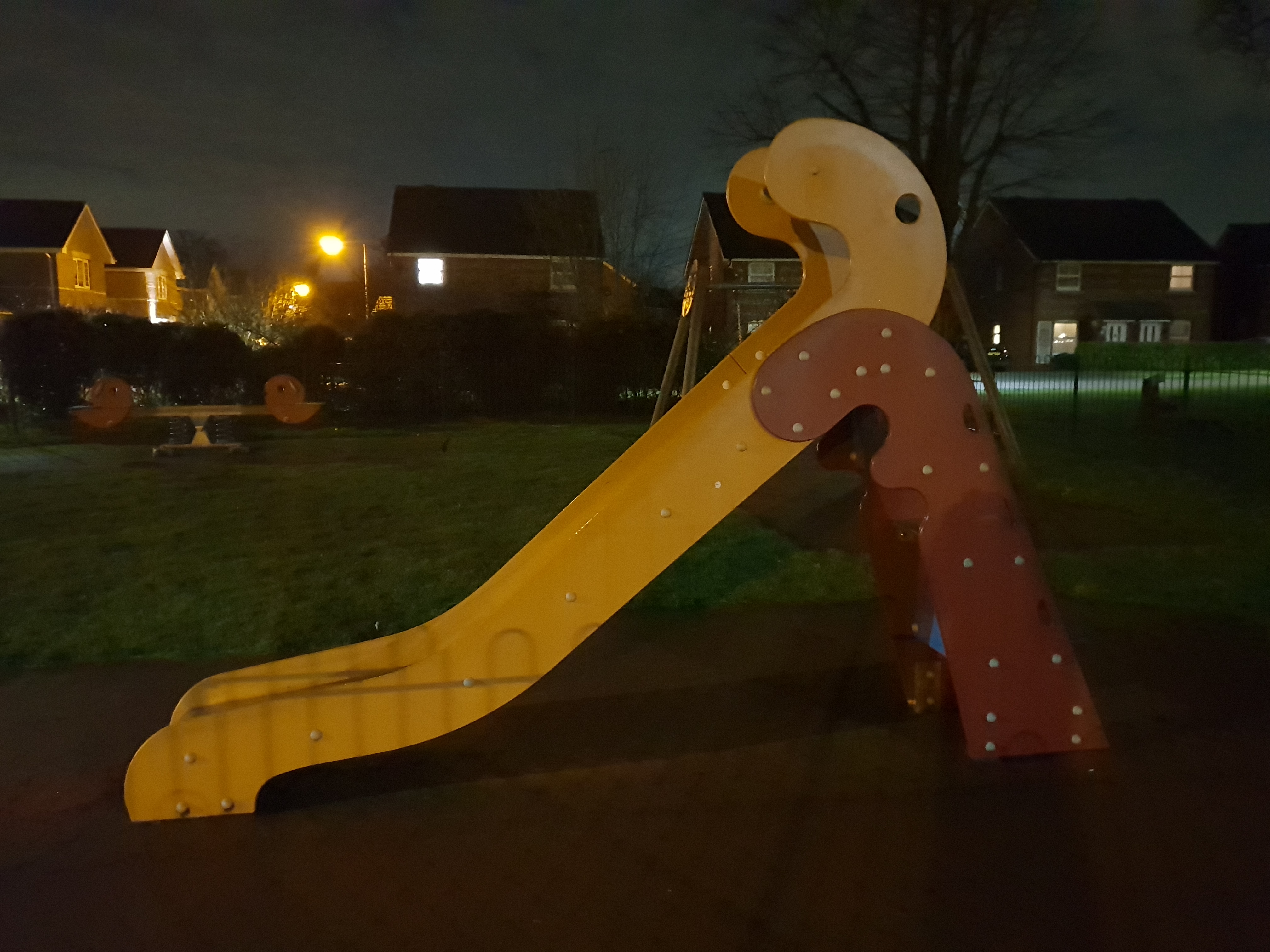
And the same one late at night - so much brightness.

General shots do lack a little color, but overall impressive.
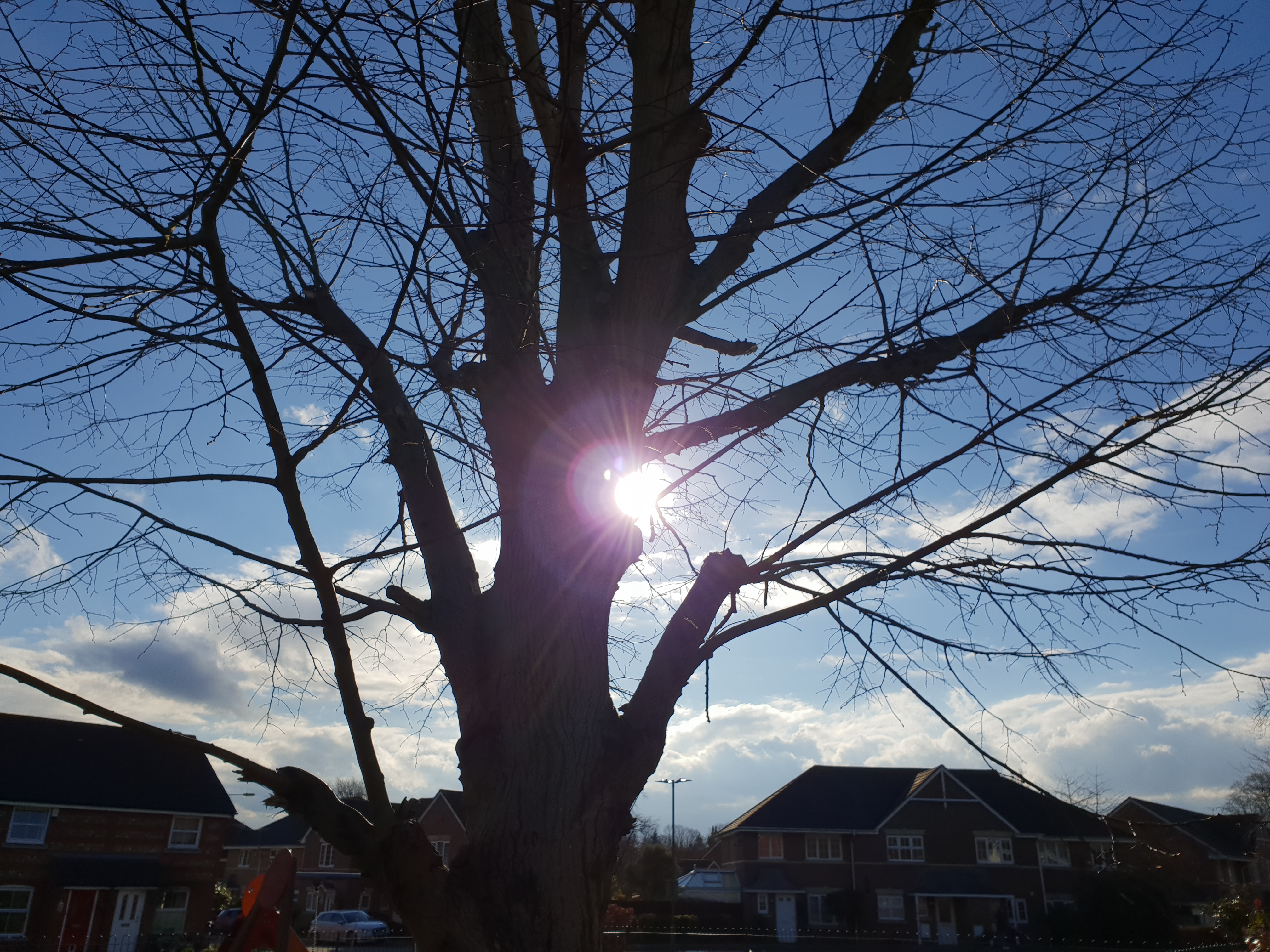
Backlit objects still have plenty of foreground detail.

Candid photos of pets often come out well.


Here's a meal with food mode turned off...

... and with it turned on.

The auto-blurring of the background is subtle, but nice.
The Galaxy S9 is also adept at shooting in low light, thanks to that lower aperture, which hasn’t been seen on a smartphone before.
Sign up for breaking news, reviews, opinion, top tech deals, and more.
Yes, the images are a little on the muddy side, but when compared to low-light snaps from other top-end phones that were out when this launched (the iPhone X, for instance) the lack of the noise and the higher brightness is amazing.
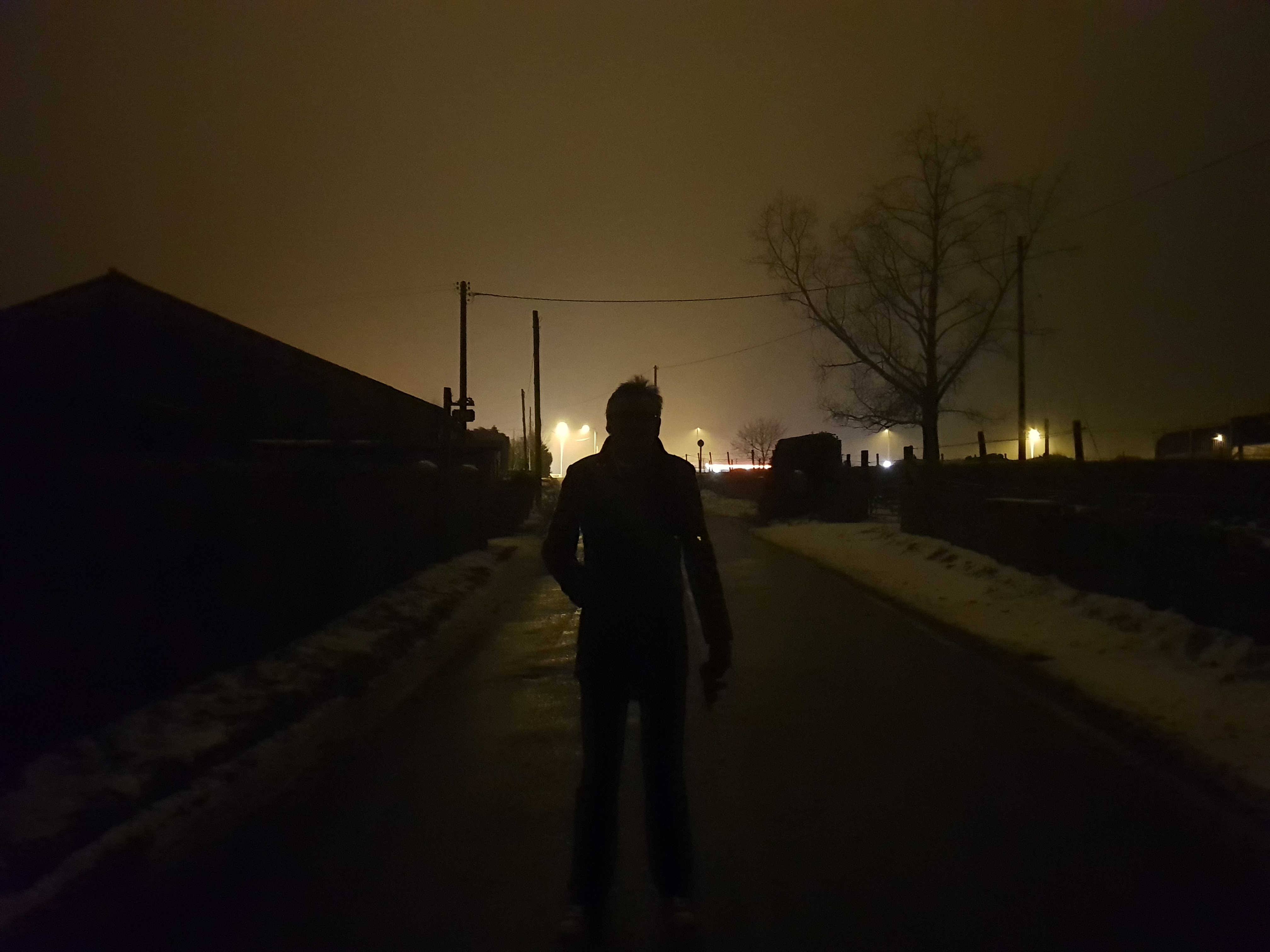


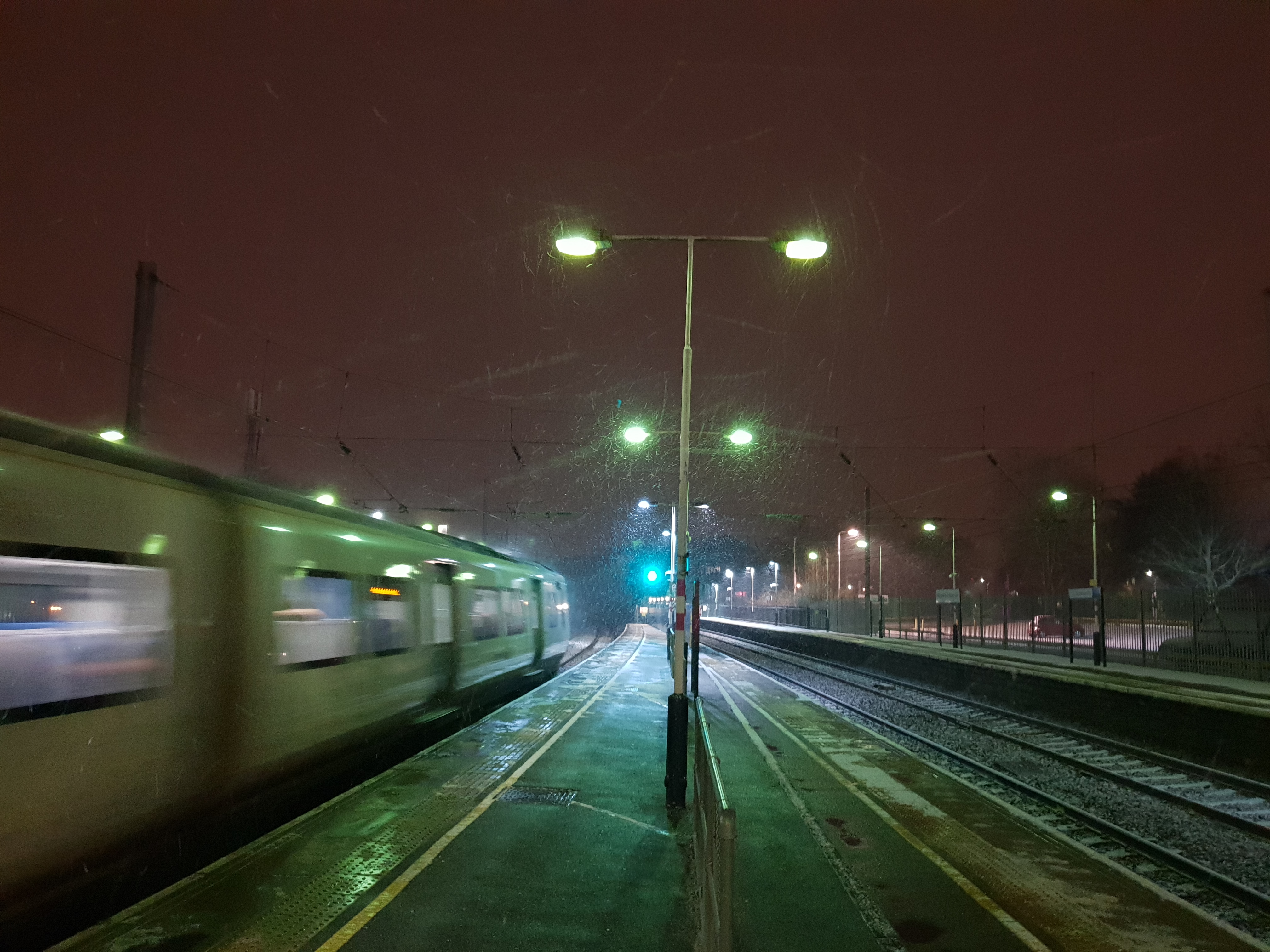
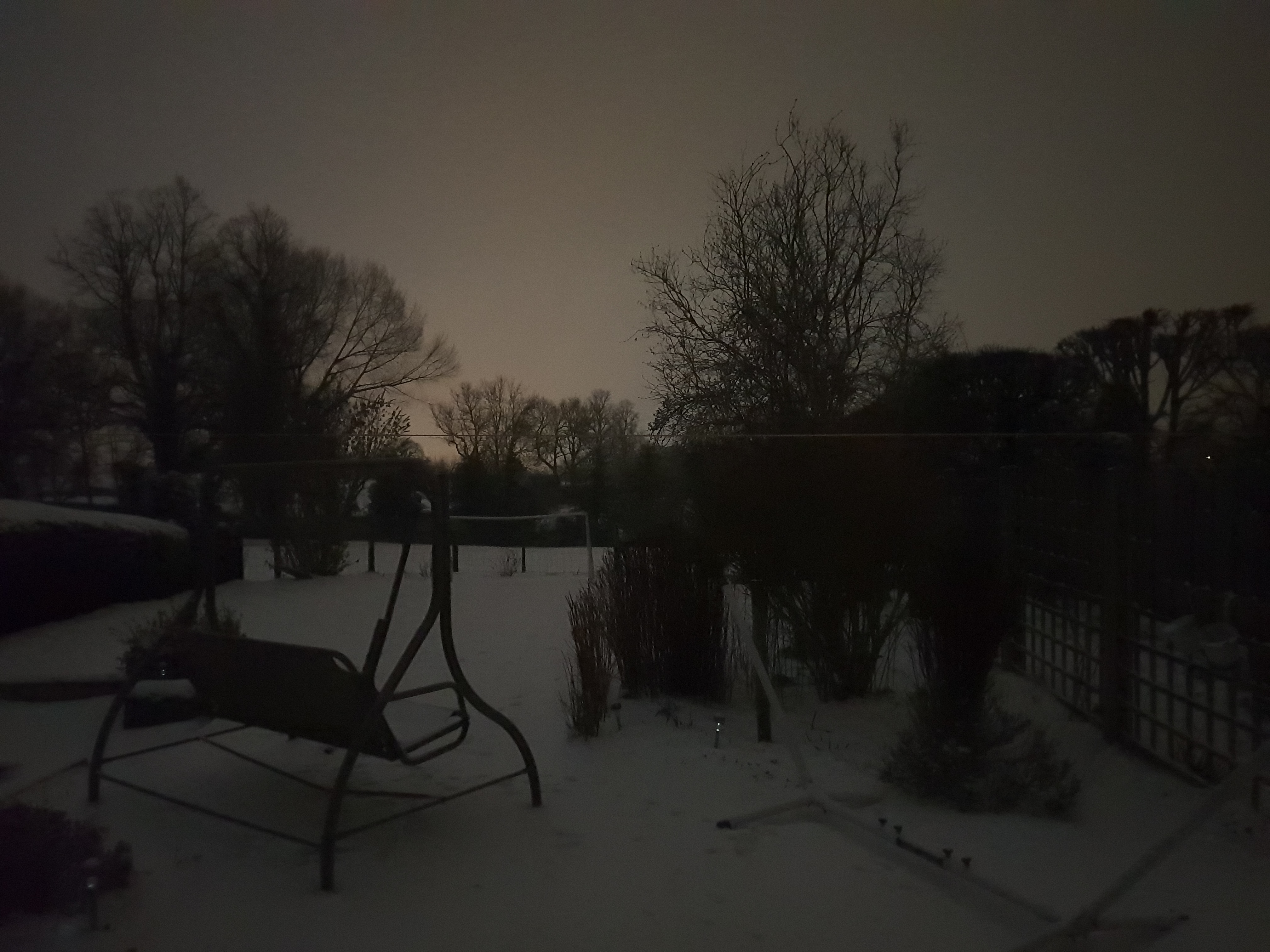

If we were to be picky, we’d say that some of the images we’ve taken lack a real pop of color – Samsung has seemingly decided that it wants its cameras to produce images that are more natural-looking, but this comes at the expense of vibrancy at times.

The first picture of each pair is unedited, the second with the 'auto enhance' option used.
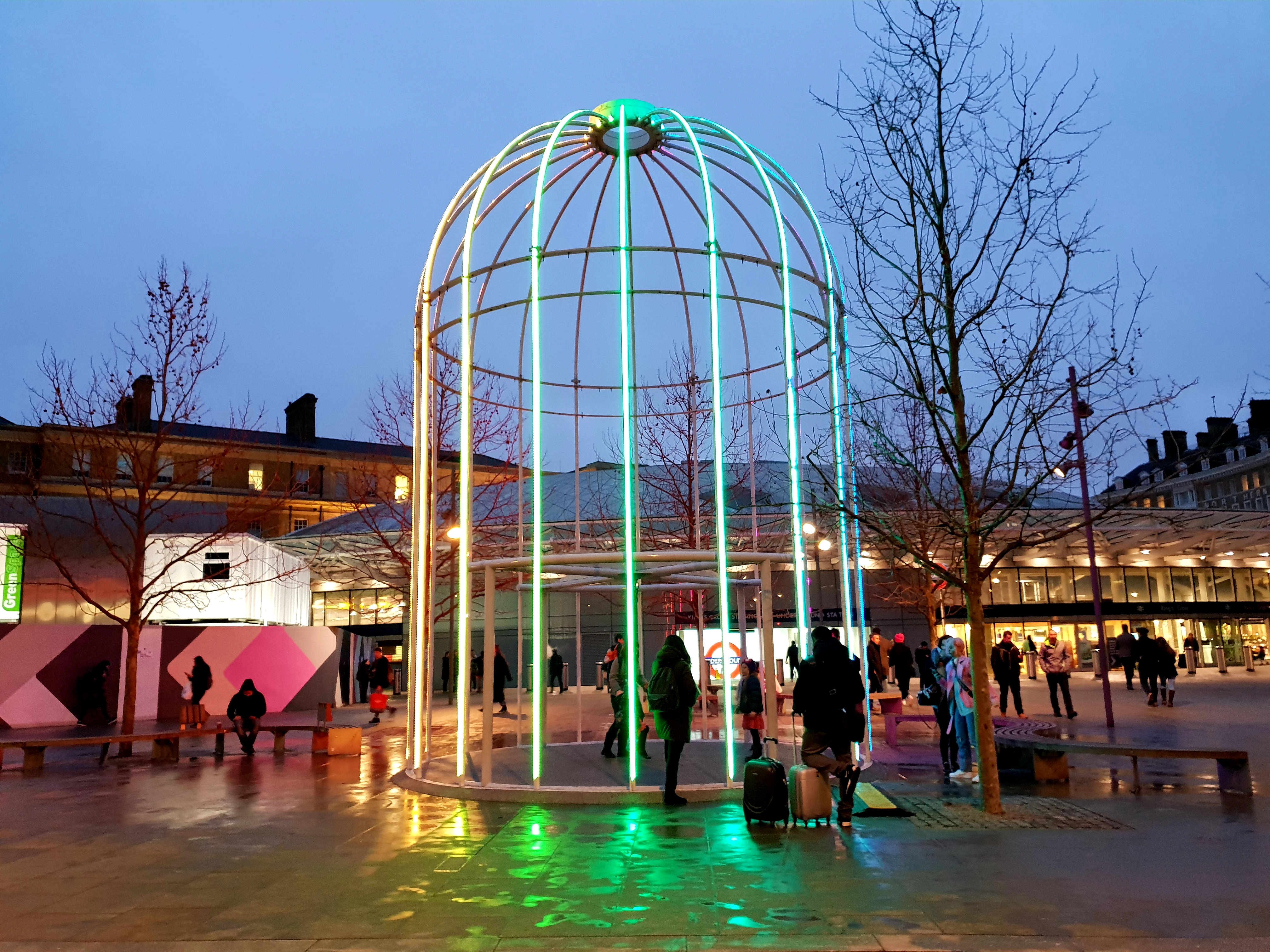
The colors, shadows and overall sharpness instantly improve.

This is a nice photo already, admittedly.

Perhaps the auto settings add more saturation, but to our eye it's a more pleasing contrast.
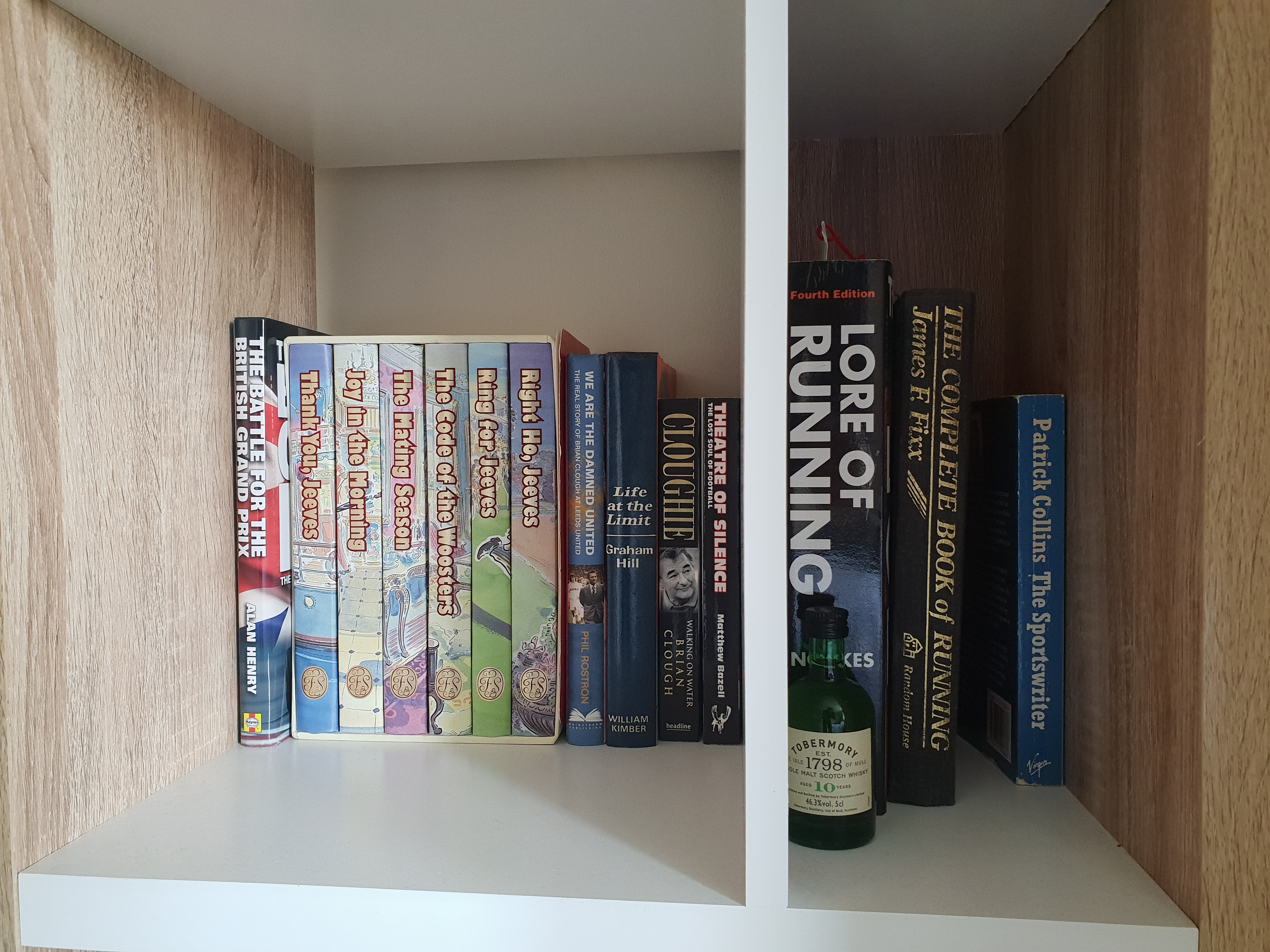
These books are quite wide in color, but get washed out with direct light on them.
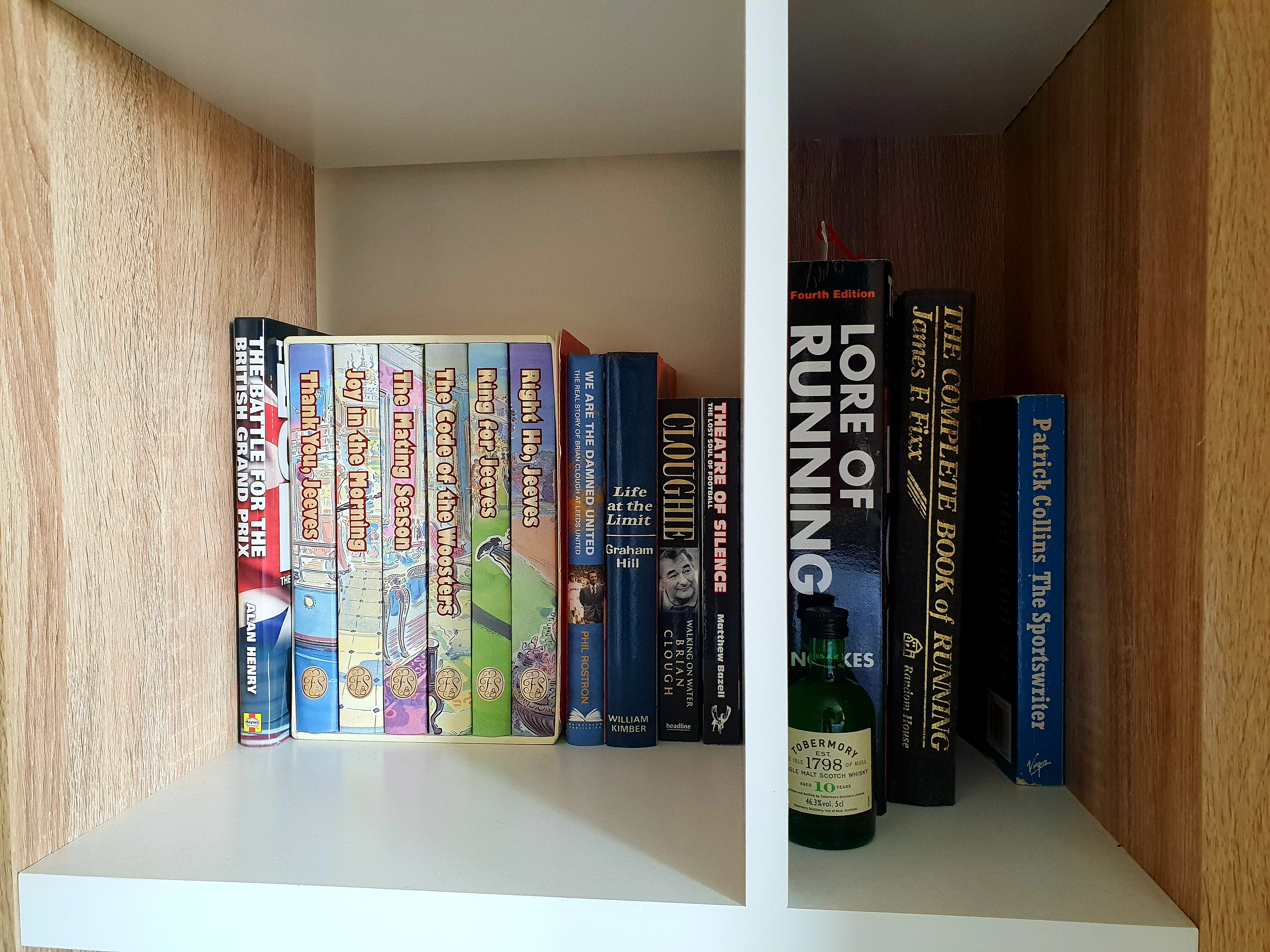
Color is restored with the auto-edit function added
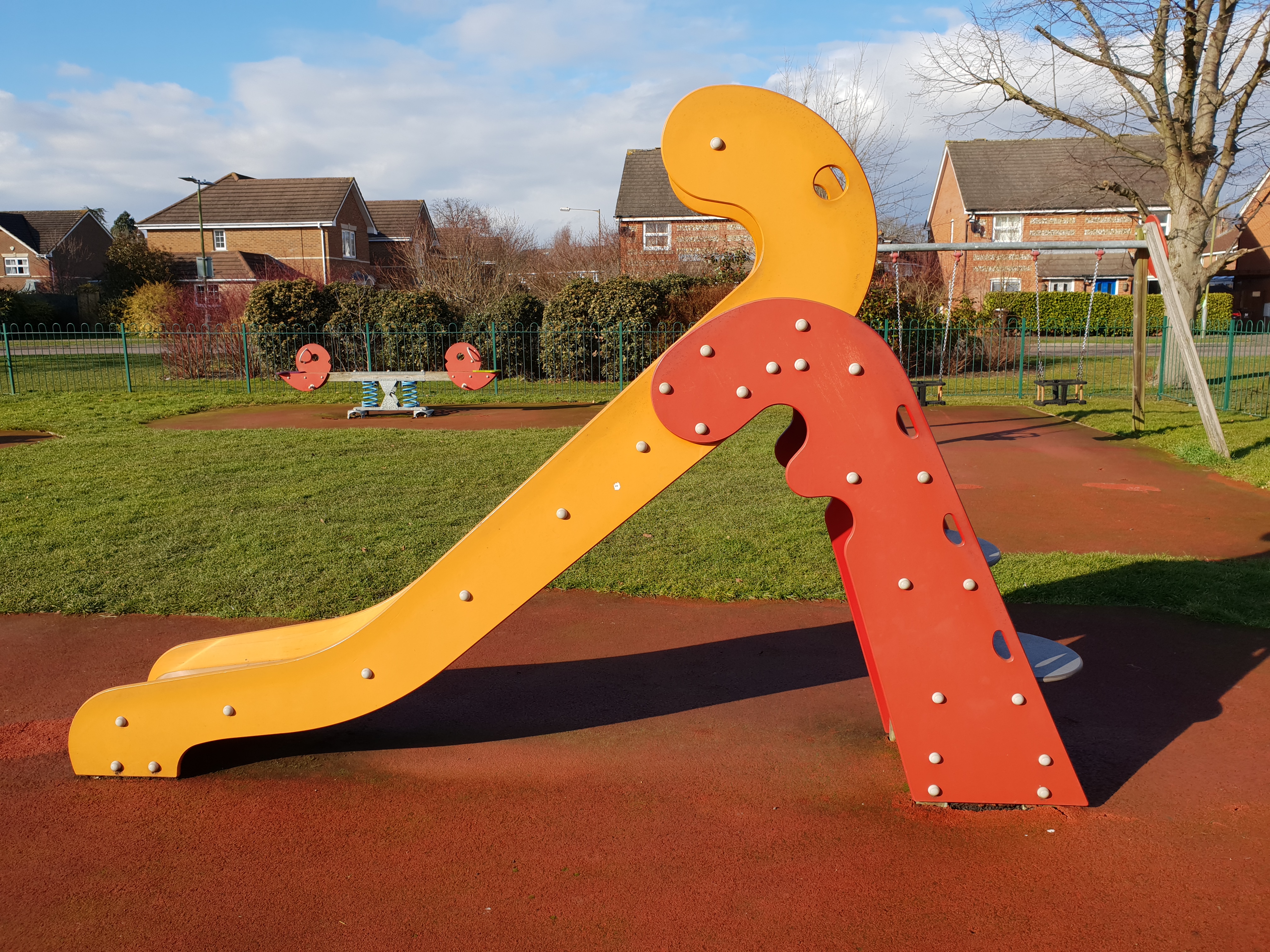

We found that just hitting the edit button and selecting the ‘auto’ enhancement created such an improved snap… why not have that all the time, Samsung?
There’s also some definite shutter lag when moving quickly between scenes, as the autofocus and exposure take a moment to recalibrate before being ready to take a picture.
On a few occasions we were trying to get a shot simply by taking loads of photos to see if one was in focus, but were delayed by the shutter lag.



A bit of background light can also wash out the picture in auto mode, and even playing around with the pro settings didn’t make things much better – although we do have to doff our cap to the excellent abilities of said expert mode, as it’s not only comprehensive but also very easy to use.
Those points aside, you’ll generally struggle to take a bad photo with the Galaxy S9. The clarity, even when the lens was zoomed, in some of the pictures we took, and the ability of the camera to pick out details in high-contrast scenes are impressive.

We did have to take a shot a couple of times to get the right result on occasion, but we still managed to get a good snap in the end. The Galaxy S9’s ability to handle scenes with strong backlighting is also excellent, with bright sunlight not causing a subject the foreground to become a total silhouette.
The selfie camera, coming in at 8MP, also handles low light well, although it doesn’t have the wider field of view some other smartphones offer, such as many top-end models from LG.

The panorama selfie either lets you add in friends, or create your own if you're feeling lonely

Putting on a filter adds an element of charm

AR Emoji are, well, shrugworthy at times

The fake background blur works well, although not as intense as it is on the iPhone X
This is compensated for by a panorama mode that allows you to swivel to get more people into the picture… it’s a little tough on the wrists, but it produces some decent effects.
Samsung has also included a portrait mode that blurs the background for your Galaxy S9 selfies. It’s similar to what the TrueDepth camera can do on the iPhone XS, and the effect isn’t that different, with some decent background blur, although you can’t take the ‘studio’ shots with the blacked out backing that Apple is shouting about at the moment.
Super slow motion capture
The other new feature is the super-slow-motion camera, which can capture 960 frames per second, turning a 0.2-second instant of movement into a six-second long slow-mo clip.
In bright light, it’s exceptional… as long as you’re either holding the phone steady or are ready on the trigger. You can set the S9 to automatically sense movement, but this only works in bright light with the phone almost motionless; don’t expect this to work well in your hands.
When it does work, it’s amazing, but too often we were stuck trying to find something interesting to shoot in slow-motion.
The other option is to do it manually, which is much easier as the camera is constantly recording and so the action is recorded from the moment you want to start – there seems to be some caching going on so you don’t miss anything.
But don’t think about trying to shoot slow-motion footage in low light – it gets very noisy and low quality, which is understandable given the amount of information that needs to be processed.
You'll also notice that anything that flickers imperceptibly to the human eye - like stadium floodlights or TVs - will be picked up in a very strange manner.
You can use the flash, but most scenes we wanted to film had a wider frame, and it was hard to illuminate them with a phone’s little LED.
Overall, we had expected a little better from the Galaxy S9’s camera given the loud noises Samsung has been making about its performance, although the low-light capability does border on the astounding at times, and the fact that the camera is so powerful in all conditions means you’ll get some really great snaps.
The color reproduction doesn’t impress us quite as much as something like the Google Pixel 2 did at launch, however, and the iPhone X will sometimes offer a more well-rounded image quality – but overall, the Galaxy S9 has a simply awesome snapper for most scenarios, and playing with the settings really does reward.
That said, other recent handsets have overshadowed it slightly, with the Google Pixel 3 range, the Huawei Mate 20 Pro and the iPhone XS among others all topping it in our list of the best camera phones.
Image Credits: TechRadar

Gareth has been part of the consumer technology world in a career spanning three decades. He started life as a staff writer on the fledgling TechRadar, and has grew with the site (primarily as phones, tablets and wearables editor) until becoming Global Editor in Chief in 2018. Gareth has written over 4,000 articles for TechRadar, has contributed expert insight to a number of other publications, chaired panels on zeitgeist technologies, presented at the Gadget Show Live as well as representing the brand on TV and radio for multiple channels including Sky, BBC, ITV and Al-Jazeera. Passionate about fitness, he can bore anyone rigid about stress management, sleep tracking, heart rate variance as well as bemoaning something about the latest iPhone, Galaxy or OLED TV.
